The crisp distinction between the quantum and classical worlds has long puzzled physicists. We intuitively understand that subatomic particles behave according to quantum mechanics' strange rules - existing in superpositions, tunneling through barriers, and becoming entangled across vast distances. Yet the tables and chairs of our macroscopic reality appear solid, localized, and decidedly un-quantum. How does this transition occur? The answer lies in one of modern physics' most profound insights: quantum decoherence.
Decoherence theory provides the missing link between these two seemingly incompatible descriptions of reality. Rather than postulating an arbitrary dividing line between quantum and classical domains, it demonstrates how quantum systems inevitably lose their coherence through interaction with their environment. This process explains why we don't see quantum superpositions in everyday objects while maintaining that all physical systems ultimately obey quantum mechanical laws.
The mathematics of decoherence reveals an elegant mechanism. When a quantum system interacts with its environment - whether through collisions with air molecules, absorption of stray photons, or other minute interactions - information about the system's state becomes imprinted on the environment. These countless tiny interactions rapidly destroy quantum interference effects, making the system appear classical. Remarkably, this occurs without any mysterious "collapse" of the wavefunction - the unitary evolution of quantum mechanics remains intact.
Experimental verification of decoherence has produced some of the most striking demonstrations of quantum physics. Laboratories have created progressively larger quantum systems - from buckyballs to small diamonds - maintaining their quantum behavior until environmental interactions inevitably cause decoherence. These experiments show that size alone doesn't determine quantum behavior; rather, it's the system's ability to remain isolated from its surroundings.
This insight revolutionizes our understanding of the quantum-classical divide. There is no fundamental boundary where quantum mechanics stops applying and classical physics begins. Instead, we observe a smooth transition where increasing complexity and environmental interaction make quantum effects effectively disappear from view. The apparent classicality of macroscopic objects emerges from their inability to remain sufficiently isolated from their environment.
Decoherence theory also sheds light on the measurement problem in quantum mechanics. When a measuring device interacts with a quantum system, the device's countless degrees of freedom act as an environment, causing rapid decoherence of the system-device combination. This explains why we only observe definite measurement outcomes rather than superpositions of all possible results. The observer's role becomes not to cause collapse, but to extract information from an already decohered system.
Recent advances have pushed the boundaries of observable quantum behavior. Scientists have observed quantum effects in systems approaching macroscopic scales, including superposition states in superconducting circuits large enough to be seen with optical microscopes. These experiments confirm that with sufficient isolation from environmental noise, quantum behavior can persist at surprisingly large scales.
The implications extend far beyond fundamental physics. Understanding and controlling decoherence is crucial for quantum computing, where maintaining coherence is essential for quantum advantage. Researchers are developing sophisticated error correction techniques and isolation methods to combat decoherence in quantum processors. Similarly, attempts to detect quantum gravity effects must account for decoherence mechanisms that could mask the desired signals.
Philosophically, decoherence challenges our notions of reality. If the classical world emerges from quantum physics through environmental interaction, can we truly say that classical objects have definite properties when unobserved? The theory suggests that reality at its core remains quantum, with classicality being an emergent phenomenon dependent on perspective and interaction.
Looking ahead, scientists aim to test decoherence theory in increasingly extreme conditions. Proposals include experiments with massive molecules in space-based laboratories, where the near-perfect vacuum could allow observation of quantum effects in objects visible to the naked eye. Other researchers are investigating whether gravity plays any role in decoherence, potentially uncovering connections between quantum mechanics and general relativity.
The story of quantum decoherence represents one of the great unifications in physics. By showing how classical reality naturally emerges from quantum foundations, it dissolves the artificial boundary between the microscopic and macroscopic worlds. As research continues, we may find that the quantum strangeness we associate with tiny particles was hiding in plain sight all along - we just needed to look at our familiar world through the proper theoretical lens.
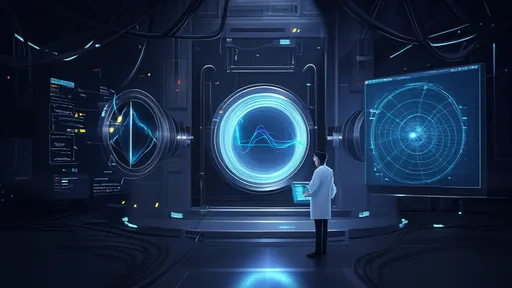
By /Jun 19, 2025
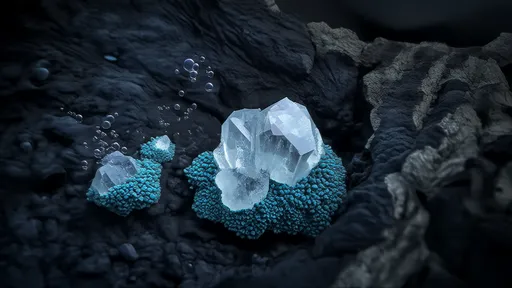
By /Jun 19, 2025

By /Jun 19, 2025

By /Jun 19, 2025
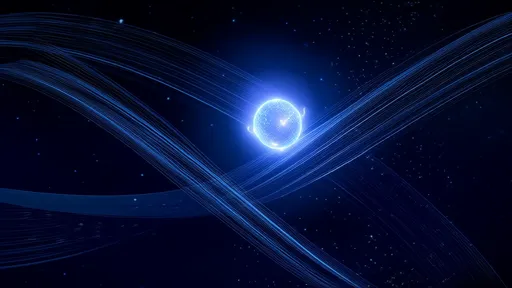
By /Jun 19, 2025
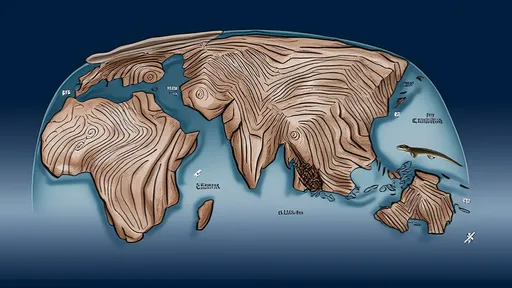
By /Jun 19, 2025

By /Jun 19, 2025
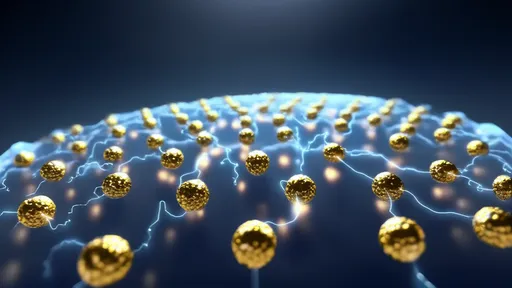
By /Jun 19, 2025

By /Jun 19, 2025
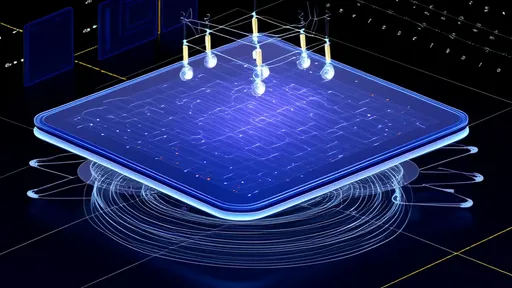
By /Jun 19, 2025
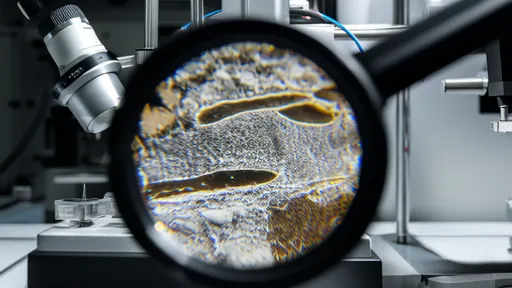
By /Jun 19, 2025
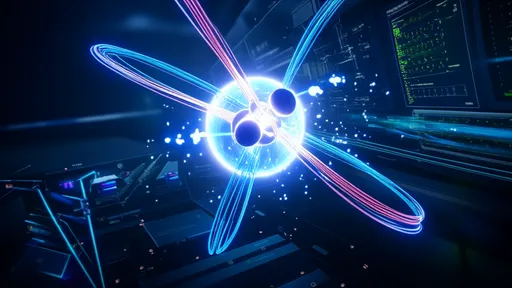
By /Jun 19, 2025
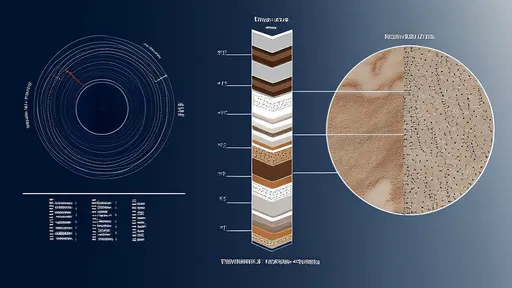
By /Jun 19, 2025
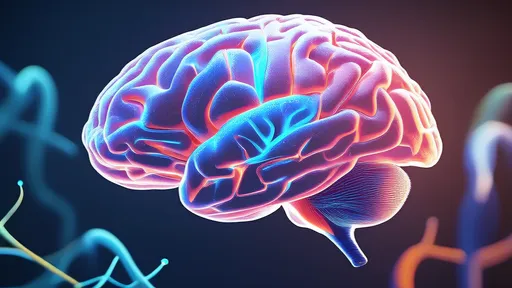
By /Jun 19, 2025

By /Jun 19, 2025
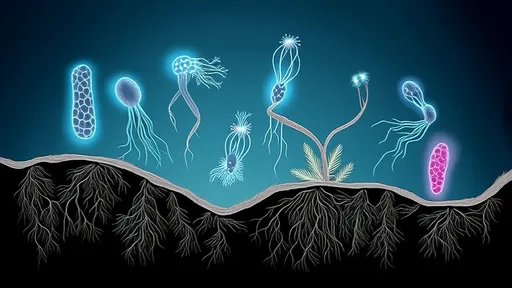
By /Jun 19, 2025
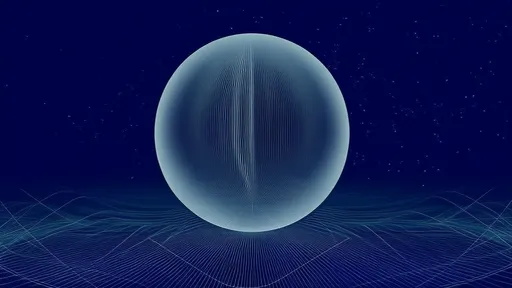
By /Jun 19, 2025